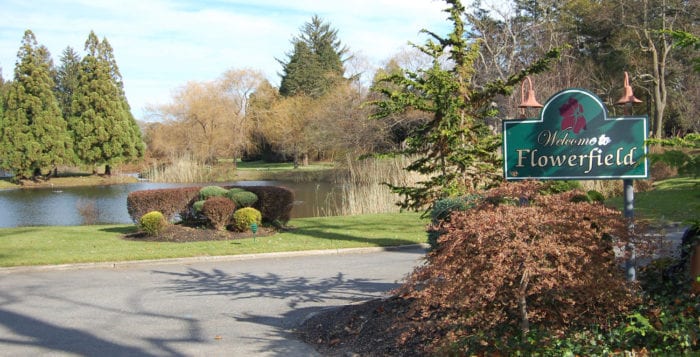Debate over Gyrodyne development intensifies
Opponents push for new environmental review, cite stormwater and zoning concerns
The Saint James–Head of the Harbor Neighborhood Preservation Coalition and local homeowners have filed an appeal to the Appellate Division of the State Supreme Court after their Article 78 petition challenging the proposed Gyrodyne development was dismissed. They have also asked the lower court to reconsider their case, seeking to overturn the Smithtown Planning Board’s preliminary site plan approval and require a Supplemental Environmental Impact Statement.
At the core of their argument are claims that the environmental review for the development was incomplete, failing to address severe weather risks and other flaws. Petitioners point to the August 18-19, 2024 storm, which caused the collapse of the Stony Brook Mill Pond dam, as a key example of unaddressed dangers.
This legal action is happening alongside efforts by the New York State Department of Environmental Conservation and Suffolk County to preserve the undeveloped Flowerfield Fairgrounds portion of the Gyrodyne property as open space through a purchase at fair market value.
Environmental Review Under Scrutiny
Petitioners argue that the Environmental Impact Statement relied on outdated data and failed to address the increasing frequency and severity of major storms. “The environmental review of Gyrodyne’s subdivision plan didn’t account for severe weather events like August’s storm or the stormwater runoff that contributed to the dam’s collapse,” said Judith Ogden, a trustee for the Village of Head of the Harbor and spokesperson for the coalition. “If a similar storm occurred with the development in place, the Stony Brook Grist Mill could have been destroyed.”
Experts Support Supplemental Review
Dr. Christopher J. Gobler, a professor at Stony Brook University and director of the New York State Center for Clean Water Technology, provided an affidavit highlighting that the rainfall standard used in the Environmental Impact Statement is outdated. He recommended updating the assessment to consider more extreme storms, such as Hurricane Ida in 2021 and the 2014 storm in Islip that saw over 13 inches of rain.
Dr. Carl Safina, an ecologist and professor at Stony Brook University, also submitted an affidavit. He criticized the Environmental Impact Statement for failing to address harm to marine life, including shellfish in Stony Brook Harbor, from potential pharmaceutical runoff. He also raised concerns about increased traffic congestion and safety risks that could result from the proposed development.
Concerns About Compliance With Local Plans
Suffolk County Legislator Steven Englebright (D-Setauket,) a geologist and former New York State assemblyman, noted that the proposed development does not align with Smithtown’s Comprehensive Master Plan. The plan prioritizes higher-density, mixed-use development in downtown areas and near transit hubs, while preserving community character and natural resources. Opponents argue the Gyrodyne proposal, which requires special zoning exceptions, conflicts with these goals.
Calls for a Full Reassessment
“Making sure the environmental review is thorough and accurate is essential to upholding the law,” said Joseph Bollhofer, a board member of the coalition. “Storm events like the one on August 19 are becoming more common. A Supplemental Environmental Impact Statement is necessary to fully address these impacts.”
The coalition and plaintiffs argue that without a proper reassessment of severe weather risks, stormwater impacts, and compliance with local zoning regulations, the Gyrodyne development could create significant problems for the environment and the surrounding community.







